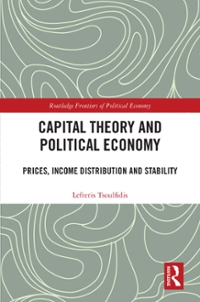Answered step by step
Verified Expert Solution
Question
1 Approved Answer
please help with these microeconomics questions ECONEDMDJDELM [1143M x Cami le 0 x ECON3001D-L1-2021-s|ides.pi x S how to define function positive 31 Homework Help out
please help with these microeconomics questions


Step by Step Solution
There are 3 Steps involved in it
Step: 1

Get Instant Access to Expert-Tailored Solutions
See step-by-step solutions with expert insights and AI powered tools for academic success
Step: 2

Step: 3

Ace Your Homework with AI
Get the answers you need in no time with our AI-driven, step-by-step assistance
Get Started


